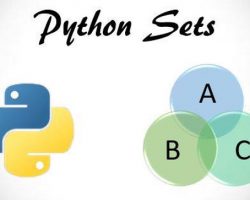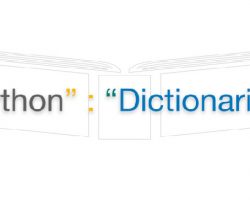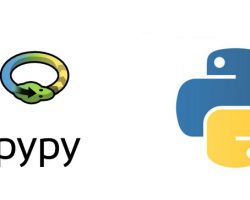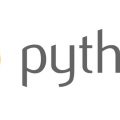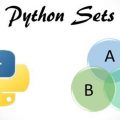Python provides a useful data type for easily finding common or unique items (also referred to as elements) between two or more groups of data: sets. Like dictionaries, lists, and tuples, sets are a type of collection—a container for separate pieces of data. Here’s what distinguishes...
Read more
What Are Python Sets?
